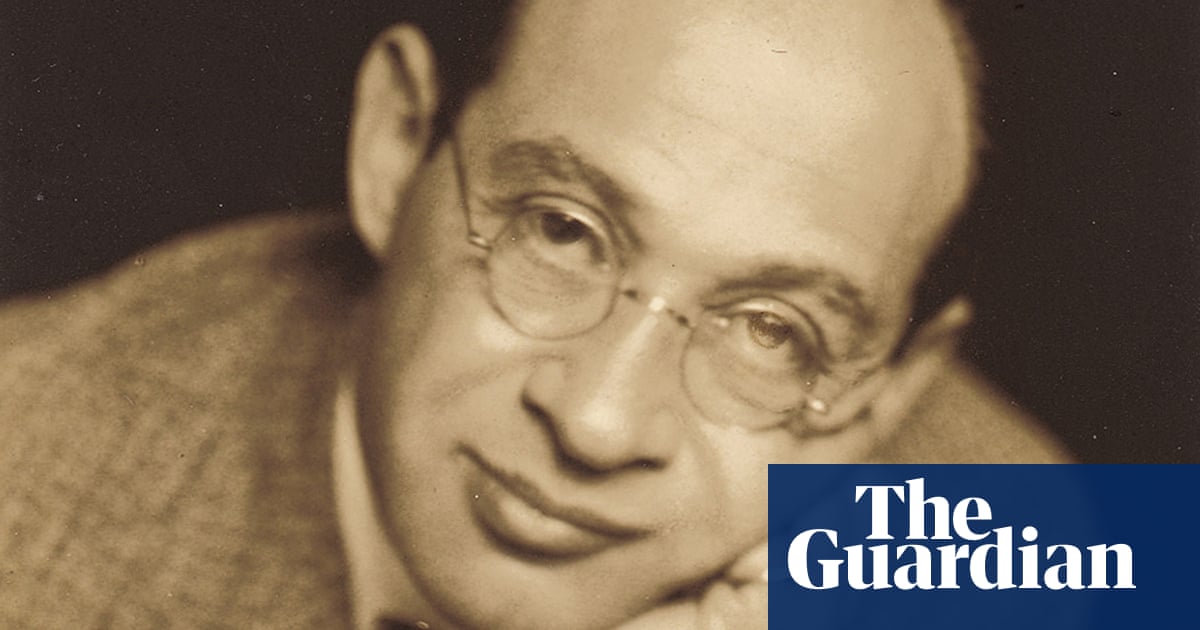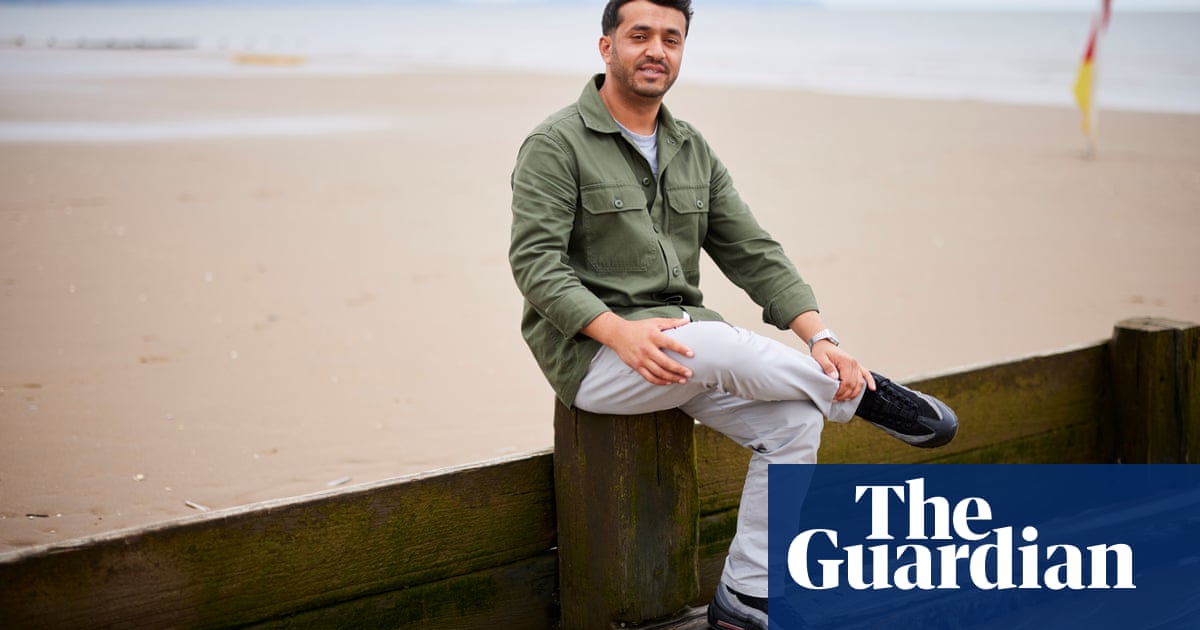
A lost piece of Celtic rainforest in the far south-west of Wales is to be restored to its ancient glory, weaving around standing stones and an abandoned, tumbling-down farmhouse with a waterwheel.
The 59-hectare (146-acre) site in Pembrokeshire will be planted with species such as oak, small-leaf lime and wild service (Sorbus torminalis) and should support an abundance of mosses, liverworts, lichens and ferns as well as providing a home for animals and other plant life.
Its southern tip will connect to remnants of the Celtic rainforest in the Gwaun valley while in the north it runs on to open moorland.
Adam Dawson, a senior conservation officer at the Wildlife Trust of South and West Wales, said the Gwaun valley was a very special part of Wales. “It’s got an ancient feel to it,” he said.
The new trees will be planted around two standing stones, so it will look as if the monuments are positioned in clearings that might have been created by prehistoric people.
Dawson said: “It will probably look not dissimilar to neolithic times when our ancestors were first creating woodland clearings. It’s bringing it back to what happened before we got so clever and became too sedentary, when we were still relatively nomadic.
“I think that’s a time in history when we were very much connected with the landscape and connected with the seasons and our lives were very much dictated by those. We respected nature in a way that we’ve lost sight of.”
At the moment the site, two miles inland from Fishguard, has little diversity, with nearly all fields being of semi-improved rye grassland that is grazed by sheep. Not all of the site will be planted with rainforest species: wet areas rich in wildlife and plant life will be left alone.
British rainforests grow in areas that have high rainfall and humidity and a low annual variation in temperature. They have been largely destroyed and now cover less than 1% of the land.
The project at Trellwyn Fach is part of the Wildlife Trusts’ 100-year Atlantic rainforest recovery programme, which is supported by a £38m donation from the insurance company Aviva.
Dawson said he hoped that within a few decades it would look like a natural woodland. He said: “The aim is somebody walking through the site in 30 to 50 years’ time won’t say ‘I wonder who planted this’. People will say ‘what a lovely place’.”












